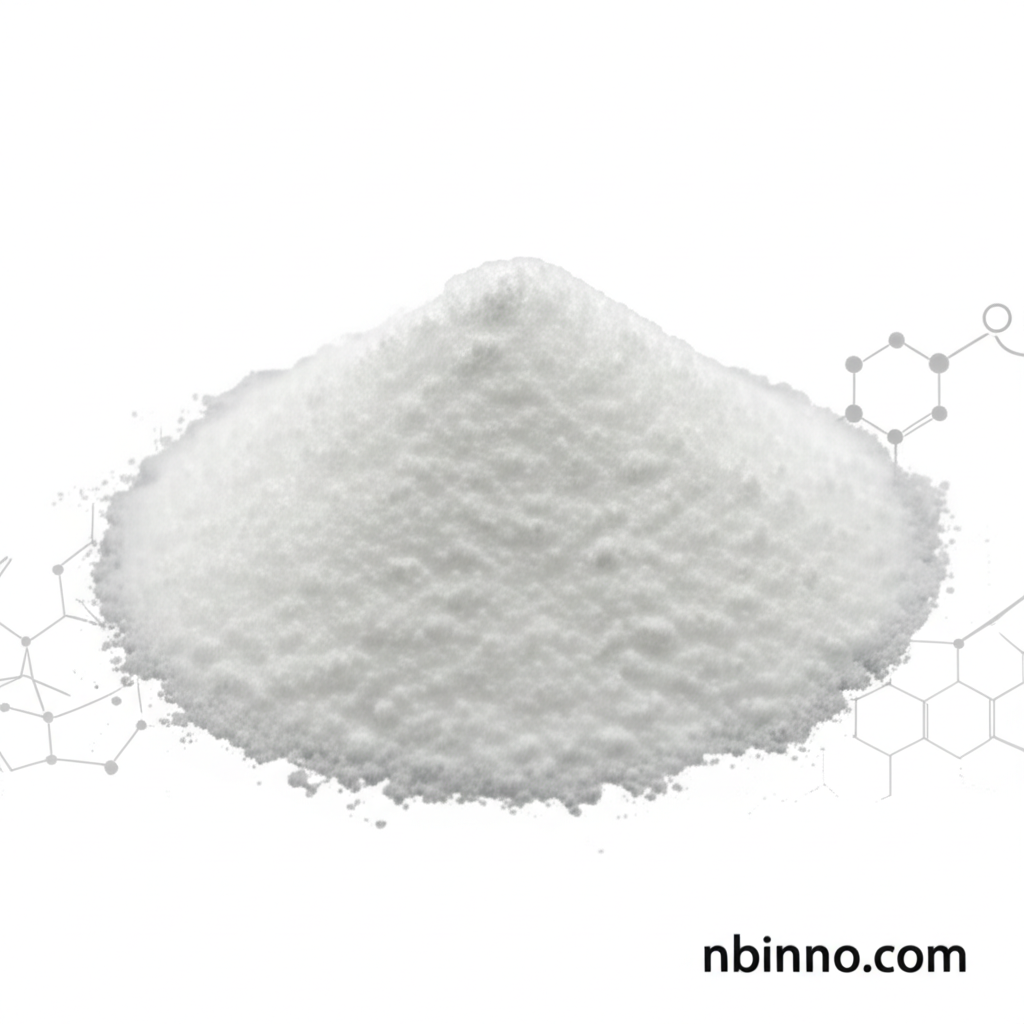6-Chloro-9-(tetrahydropyran-2-yl)purine: A Vital Pharmaceutical Intermediate
Discover the crucial role of this high-purity compound in advanced pharmaceutical synthesis.
Get a Quote & SampleProduct Core Value

6-Chloro-9-(tetrahydropyran-2-yl)purine
This chemical compound, identified by its CAS number 7306-68-5, is a high-purity crystalline powder essential for the synthesis of the pharmaceutical Idelalisib. Its precise molecular structure and properties make it a critical building block in developing advanced therapies.
- The 6-Chloro-9-(tetrahydropyran-2-yl)purine synthesis pathway is fundamental for creating potent pharmaceutical agents.
- As an intermediate for Idelalisib, this compound plays a direct role in cancer treatment development.
- Understanding the chemical name 6-chloro-9-(tetrahydropyran-2-yl)purine is key to its application in pharmaceutical R&D.
- Ensuring high purity levels (≥98.0%) is critical for the efficacy and safety of the final drug product.
Key Advantages and Characteristics
Reliable Pharmaceutical Intermediate
This compound serves as a reliable intermediate for Idelalisib synthesis, ensuring consistent quality in pharmaceutical production, crucial for cancer therapy development.
High Purity Assurance
With a purity of ≥98.0% (HPLC), it meets stringent industry standards, supporting the creation of safe and effective medicinal products and contributing to successful purine analogs in pharmaceutical synthesis.
Specific Chemical Structure
Its unique structure, featuring a tetrahydropyran ring attached to a chloropurine base, makes it an indispensable precursor in targeted cancer therapy synthesis, aligning with the need for chemical synthesis of kinase inhibitors.
Key Applications
Idelalisib Manufacturing
Crucial for the production of Idelalisib, a vital drug used in treating specific types of leukemia, highlighting its role in pharmaceutical intermediate sourcing.
Advanced Organic Synthesis
Utilized in complex organic synthesis routes, particularly for creating novel heterocyclic compounds with potential therapeutic benefits.
Cancer Therapy Research
Serves as a key building block in research and development for new cancer treatments, contributing to the field of targeted therapies.
Chemical Synthesis of Kinase Inhibitors
Its structure is amenable to modifications that are essential in the chemical synthesis of kinase inhibitors, a significant area in modern drug discovery.
